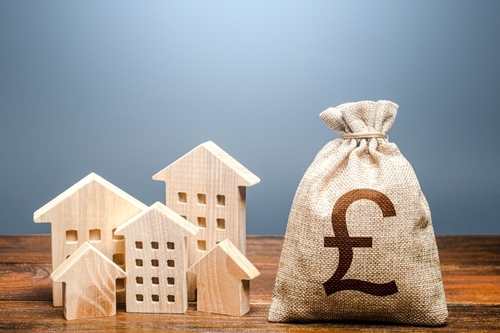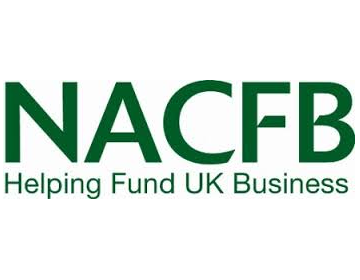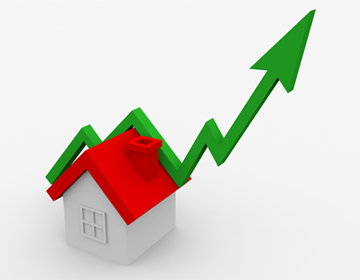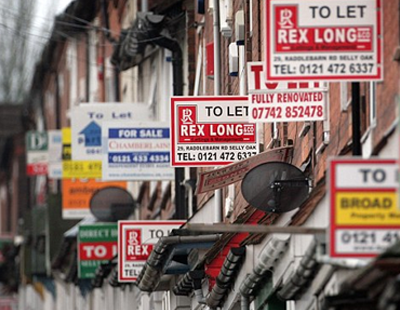The proportion of disposable household income required to cover average mortgage repayments is 27.6% so far in 2022 – the highest in a decade.
Agent comparison site GetAgent analysed the average annual cost of a mortgage repayment based on a three-year fixed mortgage at a 75% loan-to-value and what this equates to as a percentage of the average household's annual disposable income.
The research shows that while increasing interest rates have started to drive up the average mortgage rate available, the current rate of 1.93% remains considerably lower than the 3.92% average seen in 2021.
At the same time, the average level of disposable household income has also increased from £43,175 in 2012 to £38,108 today.
But despite this, the percentage of household income required to cover mortgage costs has climbed considerably, driven by a 65% increase in the average house price over the last 10 years.
In 2012, a three-year fixed rate mortgage at a loan-to-value of 75% and the average rate at the time of 3.92% would have seen homebuyers repaying £7,940 per year. With the average household income coming in at £34,175, this meant that 23.2% was required to cover the annual cost of their mortgage.
In 2021, the average mortgage rate for a three-year fixed product was at a decade low at 1.55%. But with house prices hitting £259,1871, the average homebuyer was repaying £9,384 per year on their mortgage.
While the average household income had also increased to £37,622, this mortgage repayment cost required 24.9% of the average household's disposable income – the highest level seen since 2012.
So far in 2022, not only has the average house price increased to £277,539, but a string of base rate increases has also pushed up the average mortgage rate on a three-year fixed product to 1.93%.
Although the average level of disposable household income is predicted to climb to its highest in a decade (£38,108), the proportion required to cover the annual cost of a mortgage currently sits at 27.6%.
GetAgents co-founder and chief executive officer, Colby Short, comments: “We’ve now seen a number of interest rate hikes in quick succession and this will understandably come as a worry to the nation’s homebuyers, who will be facing higher mortgage costs as a result.”
“However, this isn’t the driving factor behind a lack of housing market affordability and, in fact, the cost of borrowing remains low when compared to the rates seen a decade ago. At the same time, the average household is benefitting from a greater level of disposable income, but despite this, a larger proportion is required to cover the cost of a mortgage.”
Short says this increase is being driven by house price inflation, with the average buyer paying almost £109,000 more than they were 10 years ago.”
He concludes: “Unfortunately for those struggling to climb the ladder, there’s currently no end in sight where the pandemic house price boom is concerned and it’s only likely that mortgage rates will continue to climb for the foreseeable future.”

















Join the conversation
Be the first to comment (please use the comment box below)
Please login to comment